

How to Grow Exotic Fruits in Temperate Climates
Introduction
Are you tired of the same old apples and pears? Let’s spice things up! The growing interest in exotic fruits is making waves, even in temperate climates. Imagine plucking a ripe dragon fruit or savoring the tang of passion fruit, all from your own backyard. Sounds appealing, right?
Individuals in temperate regions often crave this flavor diversity. It’s not just about taste; it’s about the gardening adventure! Growing exotic fruits adds excitement and variety to your gardening efforts. But hold onto your gardening gloves! This journey isn’t without its challenges. The whims of weather can be tricky, and these fruits often require specific care.
However, the rewards are oh-so-sweet! Not only do you get to enjoy unique flavors, but it also brings a sense of accomplishment. The thrill of harvesting your own exotic fruits? Priceless! So, buckle up as we guide you through this colorful horticultural journey.

Understanding Exotic Fruits
What Are Exotic Fruits?
Exotic fruits are those delightful treasures that often come from far-off lands. Think dragon fruit, passion fruit, and lychee. They may sound fancy, but they’re all about bringing new tastes to your plate. These fruits are not just pretty faces; they pack a nutritional punch too! For instance, dragon fruit is rich in antioxidants, while passion fruit boasts a wealth of vitamins A and C. Yum!
Each exotic fruit has its own unique flavor profile. Dragon fruit offers a mildly sweet taste, while passion fruit bursts with tangy goodness. These diverse flavors not only tantalize your taste buds but also inspire culinary creativity. Imagine crafting tropical smoothies or vibrant salads!
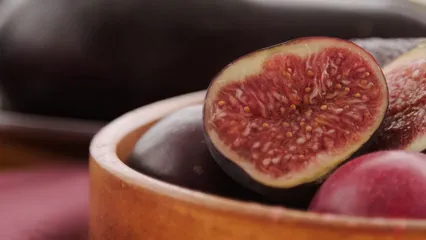
Why Grow Exotic Fruits in Temperate Climates?
Growing exotic fruits in temperate climates is like throwing a culinary party in your garden. First, there’s the flavor diversity—who wouldn’t want to bite into a fresh kiwi or pomegranate? Then, there’s the gardening challenge. These fruits can be a bit finicky, but overcoming these hurdles adds to the excitement.
But let’s not forget the potential economic benefits! Imagine selling your homegrown exotic fruits at a local farmers’ market. You could earn a few extra bucks while impressing friends with your gardening prowess. Whether for personal enjoyment or profit, growing exotic fruits can be a rewarding adventure. So, why not step outside the conventional fruit box and try something new? Your taste buds will thank you!
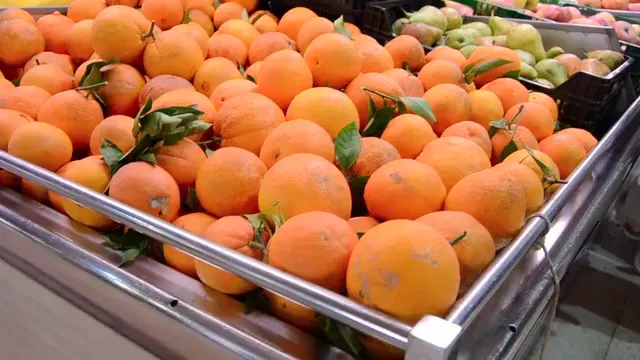
Choosing the Right Exotic Fruits for Temperate Climates
Growing exotic fruits in temperate climates can be a delightful challenge. The right fruit choice makes all the difference! Here’s a guide to some popular exotic fruits that thrive in these regions, along with key selection criteria.
Popular Exotic Fruits to Consider
- Kiwi: Kiwi is a superstar in temperate gardens. It loves well-draining soil and plenty of sunlight. These little green gems require support for their vigorous vines. Once established, they’ll reward you with delicious, nutrient-rich fruits. Plus, they’re high in vitamin C—perfect for boosting immunity!
- Pomegranate: Known for their vibrant red seeds, pomegranates are surprisingly cold-hardy. They flourish in well-drained soil and need full sun to produce those juicy fruits. With a little winter protection, these beauties can survive temperatures as low as 10°F. Talk about resilient!
- Persimmon: Persimmons are an underrated gem. The American persimmon is particularly well-suited for temperate climates. They thrive in a range of soils but prefer well-drained options. These fruits are sweet and packed with vitamins. Just make sure to choose varieties that can handle the cold, and you’ll be in for a treat!
- Figs: Figs are a fantastic choice for colder areas. Varieties like ‘Hardy Chicago’ and ‘Celeste’ can tolerate lower temperatures. They prefer sunny spots with well-draining soil. Figs are not just delicious—they’re also rich in fiber and antioxidants. Plus, who can resist that sweet taste?
- Citrus Fruits: Lemons and limes can surprisingly thrive in temperate climates! Opt for cold-hardy varieties like ‘Improved Meyer’ lemons. They require full sun and well-draining soil. While they may need some winter protection, their zesty flavors make the effort worth it. Imagine fresh lemonade from your garden!

Criteria for Selection
- Cold Hardiness: Look for fruits that can withstand your area’s winter temperatures. Cold-hardy varieties are essential for survival.
- Adaptability: Choose fruits that can thrive in your local soil and climate conditions. This includes soil type, moisture levels, and sunlight availability.
- Disease Resistance: Select fruits that have shown resilience against common pests and diseases. This will save you time and effort in maintaining your garden.
By picking the right fruits and considering these criteria, you can turn your temperate garden into an exotic paradise! Happy gardening!
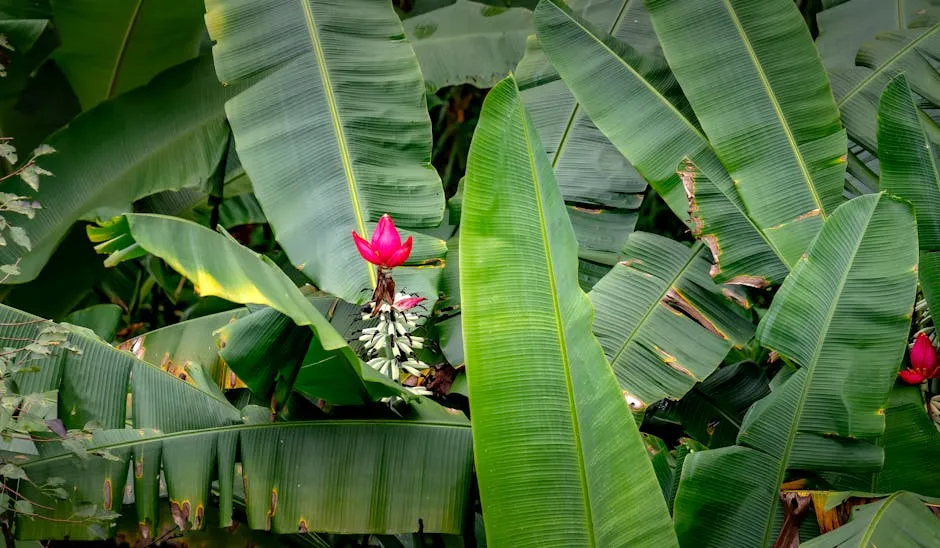
Preparing Your Garden for Exotic Fruits
Creating Microclimates
Creating microclimates is essential for growing exotic fruits in temperate climates. These small areas can significantly enhance the growing conditions for your plants. So, how do we go about it?
First, consider using walls or fences. These structures can act as windbreaks. They protect your plants from harsh winds. Plus, they absorb sunlight during the day and radiate heat at night. A sunny wall can create a warm pocket, perfect for tender plants. Imagine your dragon fruit basking in this cozy warmth!
Next, think about strategic planting. Position your exotic fruits near taller plants or shrubs. They can provide shade and shelter. This technique helps maintain a stable temperature around your plants. It’s like having a protective friend in the garden!
Containers and raised beds are also game changers. They allow you to control soil quality and drainage better. Plus, they can be moved to maximize sunlight exposure. If you notice a chilly breeze, simply relocate your pots. It’s like giving your plants a mini vacation!
Using dark-colored pots can also help. They absorb heat during the day and keep the roots warm at night. This extra warmth is especially beneficial for heat-loving fruits. Who knew a pot could do so much?
Lastly, consider using mulch. It retains moisture and regulates soil temperature. A nice layer of mulch can work wonders. Your plants will appreciate the extra care, and you’ll enjoy the fruits of your labor—literally!
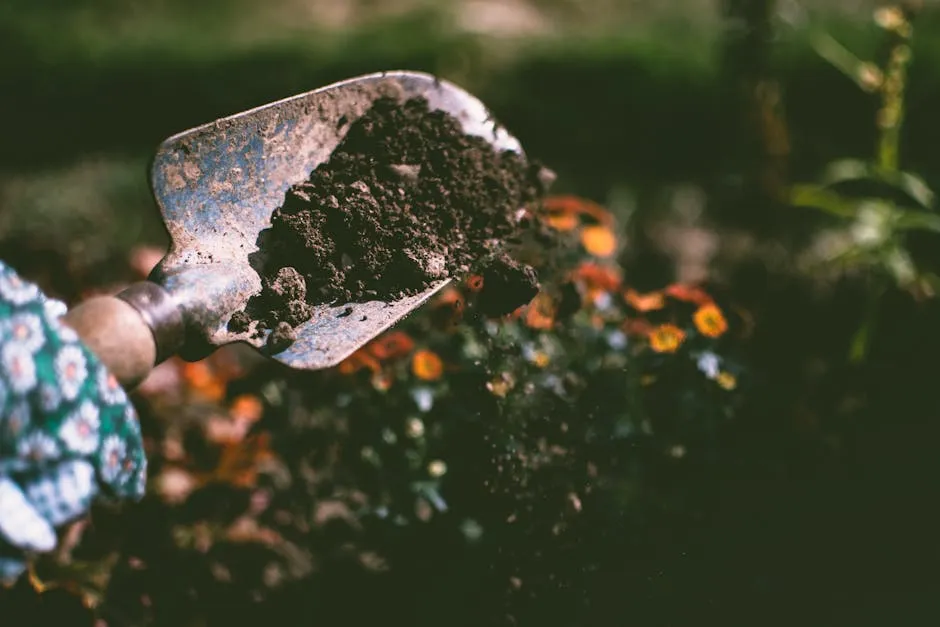
Planting Techniques for Exotic Fruits
Best Practices for Planting
Timing is everything when planting exotic fruits. Spring is ideal. The soil is warming up, and the frost has bid adieu. This is when your plants will wake up from their winter slumber.
Each fruit has specific planting depth and spacing requirements. For example, kiwi should be planted about 2 inches deep. Give them a little room to breathe—spacing them 3 feet apart ensures good air circulation. On the other hand, pomegranates thrive when planted 18 inches apart. This way, they can stretch their roots and reach for the sun!
Consider the needs of each fruit type. Some prefer well-draining sandy soil, while others thrive in rich loamy mixes. Always check the specific requirements of the fruits you choose. Remember, happy roots lead to happy fruits!
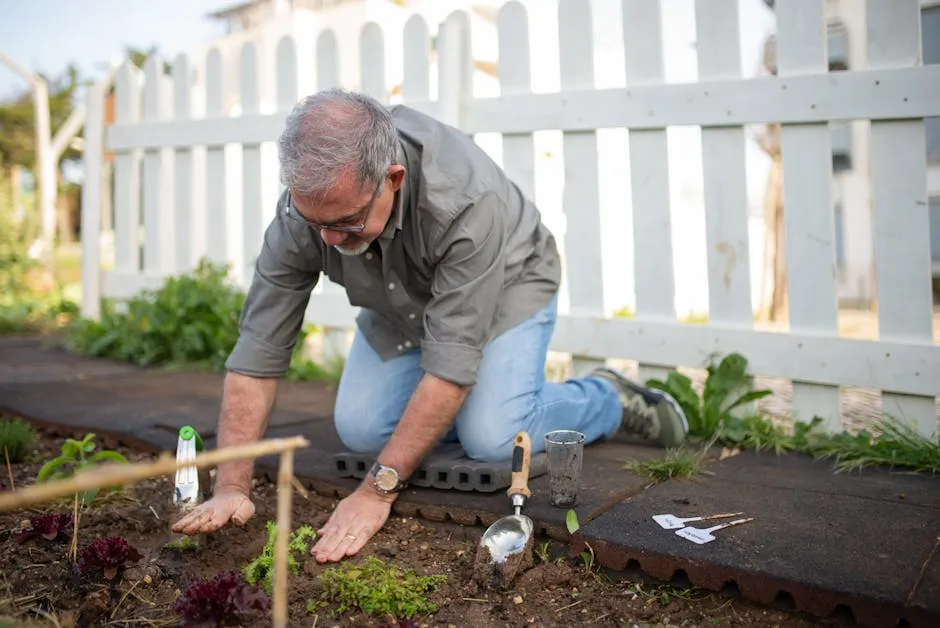
Container vs. In-Ground Planting
Now, let’s tackle the debate: container versus in-ground planting. Both methods have their perks!
Container planting offers mobility. You can move your fruits if they’re not thriving in their spot. Plus, it allows for better control over soil quality. Just make sure your containers are large enough—at least 5 gallons for most fruits.
On the flip side, in-ground planting is generally more stable. The plants can develop deeper roots, leading to increased nutrient access. However, keep in mind that this method is less flexible. If you experience a sudden cold snap, your fruits are more exposed.
Consider your climate and space. If you have a small garden, containers might be your best bet. But if you have a robust garden bed, in-ground planting can yield beautiful results. Happy planting!
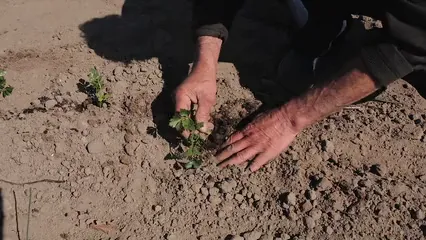
Caring for Your Exotic Fruits
Watering and Fertilization
Watering your exotic fruits is crucial. Most need consistent moisture, but avoid waterlogging. A good rule of thumb? Water deeply but less frequently. This encourages deep root growth.
Use methods like drip irrigation or soaker hoses. These techniques deliver water directly to the roots. This reduces evaporation and keeps your leaves dry. Nobody likes a soggy leaf party!
When it comes to fertilization, organic options are the way to go. Look for organic fertilizers like compost or well-rotted manure. These natural fertilizers enrich your soil without the harmful chemicals. Your plants will thank you with bountiful fruits!
Remember to feed your plants during the growing season. A balanced organic fertilizer will support their nutritional needs. Just follow the package instructions, and you’ll be golden!
In summary, caring for your exotic fruits involves thoughtful watering and organic fertilization. By mastering these techniques, you’ll be well on your way to a fruitful garden!

Protecting Exotic Fruits from Cold Weather
Winter Protection Strategies
Winter can be a sneaky villain for your exotic fruit plants. Cold temperatures threaten their survival, but fear not! With the right strategies, you can keep your fruits cozy and thriving.
Mulching is your first line of defense. A thick layer of mulch—think straw, wood chips, or leaves—acts like a warm blanket. It insulates the roots, keeping them safe from chilling temperatures. Spread a generous layer around your plants in late fall. Don’t let winter catch your plants unprepared!
Next up: frost blankets. These nifty sheets trap heat during the night. They’re breathable, allowing moisture to escape while protecting your plants from frost. Cover your fruits in the evening when temperatures dip. Just remember to remove them during the day to let the sunshine work its magic!
Row covers are another splendid option. Similar to frost blankets, these covers provide a protective shield against cold winds and frost. They also allow sunlight and moisture to reach your plants. For the best results, use lightweight fabric to ensure your plants can breathe. Apply these covers when frost is forecast, and your plants will be much happier!
Timing is crucial for these protective measures. Apply mulch before the ground freezes. Cover your exotic plants with frost blankets when temperatures drop below 32°F. Monitor weather forecasts closely to stay ahead of the game. The right timing can make all the difference!

Indoor Growing Options
When winter knocks on the door, consider inviting your exotic fruits indoors. Yes, you heard that right! Many of these tropical delights can thrive indoors or in greenhouses. Indoor growing is like providing a mini paradise for your plants.
If you have space, pot your exotic fruits. Containers allow for easy relocation to sunnier spots. Make sure your pots have good drainage. Indoor plants often suffer from overwatering, so keep an eye on moisture levels. A sunny window or a grow light will help your plants soak up the rays they crave.
Greenhouses are another fantastic option. They create a controlled environment, keeping your fruits warm and safe from harsh weather. If you’re serious about growing exotic fruits, investing in a greenhouse can be a game-changer. Just remember to ventilate on warm days to prevent overheating.
For those with limited indoor space, consider portable options like cold frames. These are mini-greenhouses that can protect your plants from the elements while allowing sunlight in. They’re perfect for smaller gardens and can be moved around as needed.
The thrill of growing exotic fruits indoors or in a greenhouse is a rewarding experience. You’ll enjoy fresh, homegrown produce while staying warm and cozy inside. Embrace the challenge and let your exotic fruit journey continue, regardless of the season!

Harvesting and Enjoying Your Exotic Fruits
Signs of Ripeness
Harvesting exotic fruits can be a delightful challenge. Knowing when to pick them is crucial for the best flavor and texture. Each fruit has its own signs of ripeness. For instance, kiwis should feel slightly soft when gently squeezed. If they’re rock hard, they need more time on the vine.
Passion fruits are a bit trickier. Look for a wrinkled skin; that’s when they’re at their peak. A firm but slightly yielding texture indicates they are ready for picking. Pomegranates, on the other hand, will display a vibrant red color and make a metallic sound when tapped. If they’re dull and soft, they’re not quite there yet.
Timing is everything! Picking fruits at the right moment ensures optimal flavors. If you wait too long, they can become overripe, mushy, and less enjoyable. So, keep those peepers peeled and trust your senses. Happy harvesting!

Creative Ways to Use Your Harvest
Once you’ve gathered your exotic fruits, the fun really begins! These vibrant gems can be transformed into delightful culinary creations. Start your day with a refreshing smoothie. Blend ripe kiwi, a splash of passion fruit juice, and a handful of spinach for a nutritious boost.
Feeling adventurous? Try making a tropical fruit salad! Combine diced dragon fruit, pomegranate seeds, and some chopped mango. Drizzle with a zesty lime dressing for an explosion of flavors.
For dessert lovers, consider crafting a frozen sorbet. Puree ripe figs and add a bit of honey for sweetness. Freeze it in a container, and voilà! Your own homemade exotic fruit sorbet, perfect for warm summer nights.
Don’t forget to incorporate these fruits into savory dishes too. Slices of avocado can elevate your tacos, while passion fruit can add a tangy twist to marinades. The possibilities are endless, so let your creativity shine!

FAQs
Can I grow tropical fruits in a temperate climate?
Yes, you can! Many tropical fruits can adapt to temperate climates with proper care. Choose cold-hardy varieties and provide the necessary protection during colder months.
What are some easy-to-grow exotic fruits for beginners?
Kiwi, figs, and pomegranates are beginner-friendly. They require basic care and can thrive in temperate conditions.
How do I create a microclimate for my exotic fruits?
Use windbreaks, plant near heat-retaining structures, and consider raised beds. This helps maintain warmth and humidity levels.
What are the best organic methods for pest control?
Introduce beneficial insects like ladybugs and use natural sprays like neem oil. Regularly check plants for signs of pests to catch issues early.
How can I protect my plants from frost?
Use frost blankets, mulch around the base, and consider row covers during cold spells. These methods help insulate your plants and keep them warm.
For more on how to grow exotic fruits in temperate climates, check out this informative guide on growing exotic fruits.
Please let us know what you think about our content by leaving a comment down below!
Thank you for reading till here 🙂
All images from Pexels



